San Marco plaster: types and applications
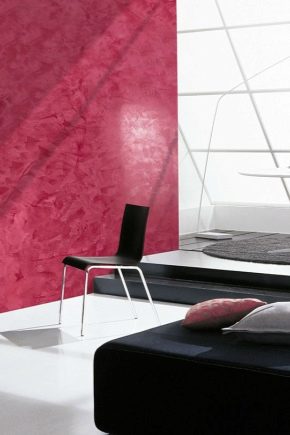
Italian plaster San Marco is a special type of decorative finishing of walls that allows to implement the most daring ideas of the designer and create a unique atmosphere for any room. Due to the variety of colors and textured relief, this material is deservedly considered the standard of high quality throughout the world. Based on the specific composition and texture, various applications of this product are possible.
Advantages of Italian products
In search of original solutions for modern wall design, many have long abandoned their usual wallpaper, because the construction market is ready to offer innovative types of coatings that are much more in line with the spirit of the times and high quality requirements. One of the alternative options is decorative, Italian plaster, which can decorate any interior, thanks to its many positive qualities.
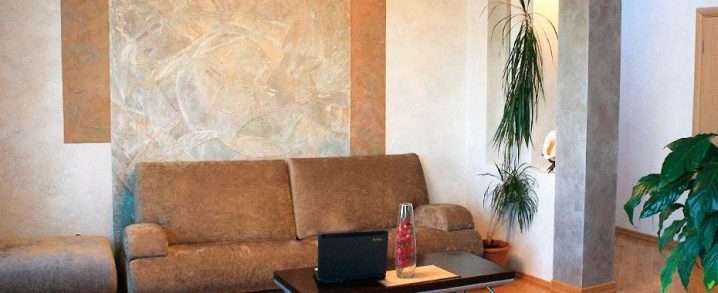
The main advantages of San Marco plaster are:
- absolute safety both during application and during operation - the product includes only environmentally friendly natural ingredients, does not contain harmful additives, solvents and harmful substances that cause allergies;
- lack of any smell due to the natural composition;
- a large selection of textures, color shades, types of imitations to create an original design that excludes repetition;
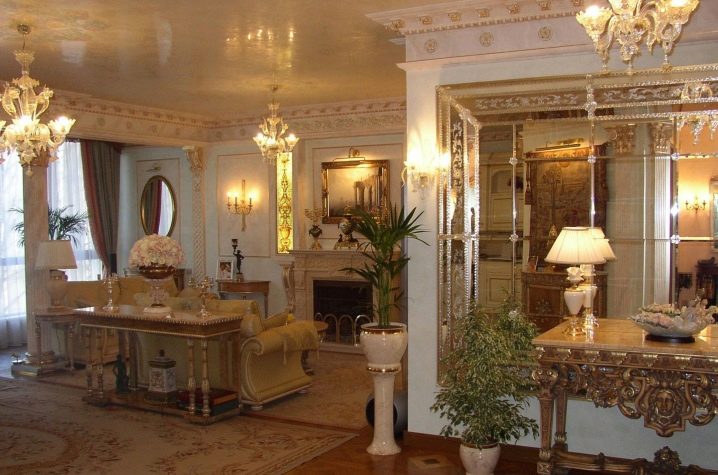
- high indicators of strength and durability;
- prevention of damages such as mold and mildew, due to the fact that additional waxing is not required;
- ease of use, no need to perform perfect alignment for most types of products;
- the ability to use in rooms with high humidity levels;
- in addition to masking defects, the decorative material serves as a full-fledged final layer, and in addition, it can be perfectly cleaned with water and retains the brightness of the color for a long time.
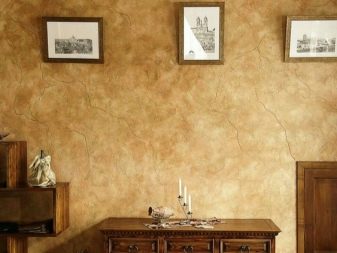
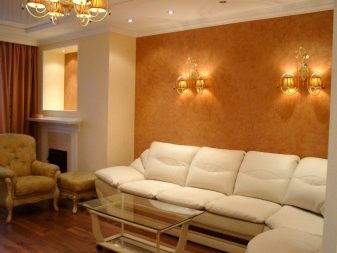
This material is suitable for interior and exterior decoration, facade cladding, can set the general atmosphere of the room, play the role of a background for further decoration. In fact, this unique coating helps to embody different ideas and is suitable for any residential, public type of premises.
Varieties of Italian plaster
The types of material differ in their purpose, composition and texture, different for the chosen style and decor. Plaster can be created on a different natural basis, it is due to the composition that it is possible to create any types of coatings with a suitable texture, as well as protective layers of wall decoration.
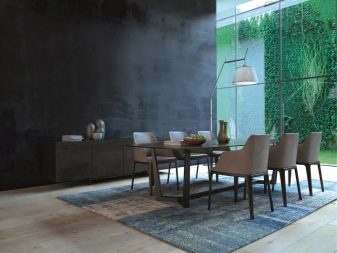
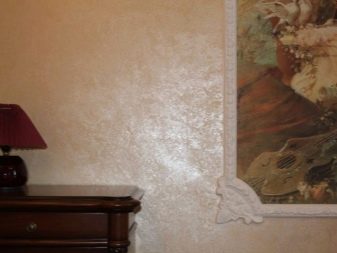
Basic elements of the composition:
- limestone;
- minerals;
- silicate compounds;
- silicone and its derivatives;
- polymer base.
As a result, a modern flock design can be obtained, which is achieved by containing in the composition of a special filler in the form of plates of different colors and shades. The use of phosphorescent elements provides a glow and a shiny, smooth surface. But the material can also be matte.
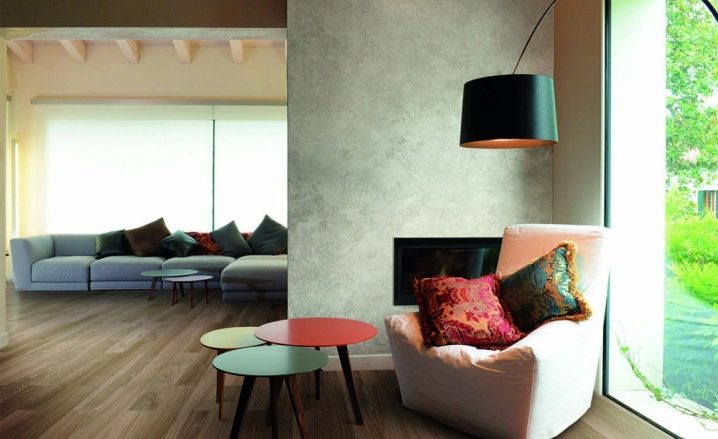
Multicolor mixtures can be used to reproduce multi-color decorative finishes or specific reliefs with excellent detail.
The main achievement of Italian manufacturers is also in high demand. - traditional Venetian plaster.This product is multifaceted in its functionality - it is able to reproduce any natural stone, to give the surface an "aged", noble look or classic gloss.
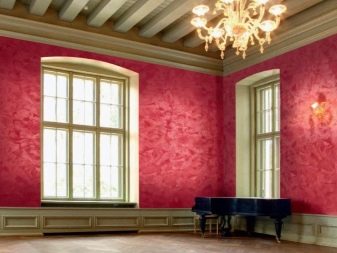
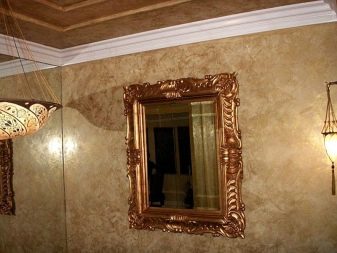
Famous San Marco series
The products of the Italian manufacturer are represented by a range of high quality Venetian and textured mixtures.
Each type has its own characteristics and subtleties in use:
- Stucco Veneziano plaster is made on an acrylic base and is mainly designed to create a sophisticated, glossy surface with an antique effect, which eliminates the need for waxing. Some of its options make it possible to create a marble-like interior with an overall classic style. There are more than a thousand colors and shades of such material. The plaster can be applied to any substrate, including convex, curved, complex geometries.

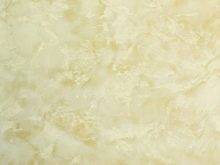

- The luxurious and sophisticated look of interior and exterior walls will help to give plaster "Marmorino Classico"... The product is distinguished by its special wear resistance to temperature changes and more than 800 different shades of marble.
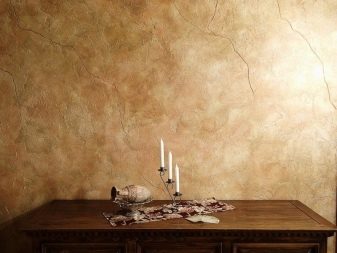
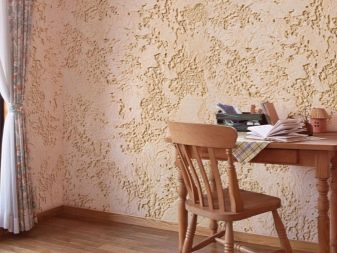
- Series "Markopolo" created on water and acrylic. A distinctive quality of the coating is its roughness with the effect of a metallic sheen (gilding, silver, bronze, copper). The plaster is ideal for rooms designed in a modern minimalist and hi-tech style.
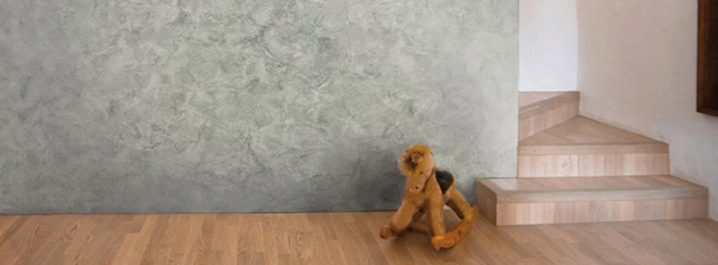
- Decorative material "Cadoro" has its own characteristics. The water base creates a soft, silky surface with bright, voluminous sheen. Suitable for traditional classic interiors, mainly used for interior walls or partitions. The mixture fits perfectly on concrete and plaster, mineral substrates, old paint. Such a coating can be washed, it is not difficult to eliminate defects from it.
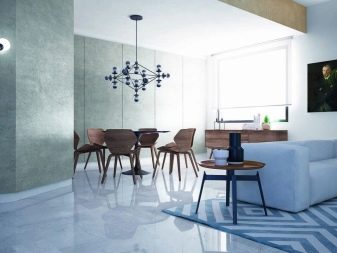
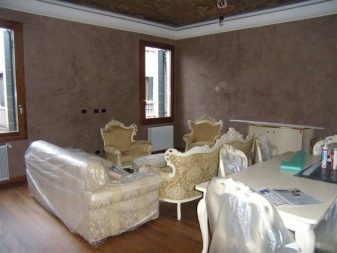
- Matte finishes are recreated using plaster "Cadoro Velvet"... It is an elegant and sophisticated material with a light pearl luster based on acrylic polymer. Warm and cold shades, complemented by mother-of-pearl, can decorate a living room, study, and even a bedroom.
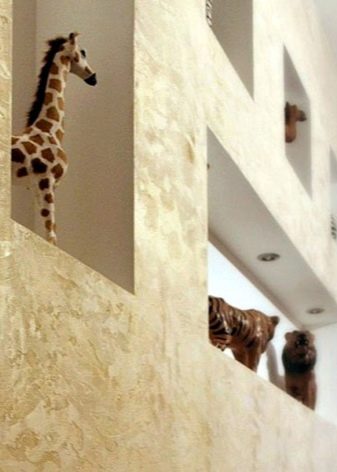
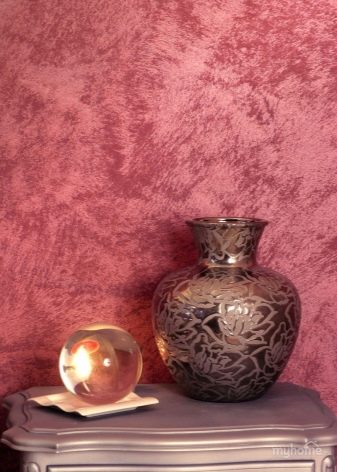
Textured San Marco mixtures, unlike Venetian ones, do not require careful leveling and perform well in adverse climatic conditions, in addition, any material has good adhesion to most substrates.
Technique for applying decorative compositions
Plaster from Italian manufacturers is easy to use. The exception is the famous "Venetian", under which it is necessary to level the surface as much as possible.
The workflow consists of several stages:
- preparation of the base, including the removal of the old coating;
- any irregularities, cracks and chips should be repaired;
- with a large area of damage, it is better to carry out a full-fledged plaster;
- for level differences of more than 5 mm, reinforcement is applied;
- the surface is primed with a composition recommended by the manufacturer;
- gypsum, cement, concrete and drywall are subject to plastering;
- to apply the solution, you will need pile and rubber rollers, spatulas, combs and other tools at hand.
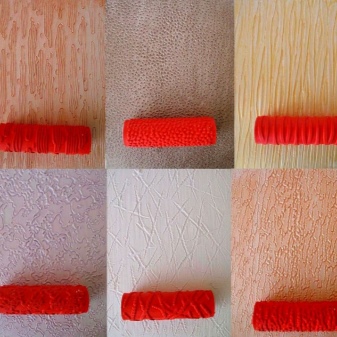
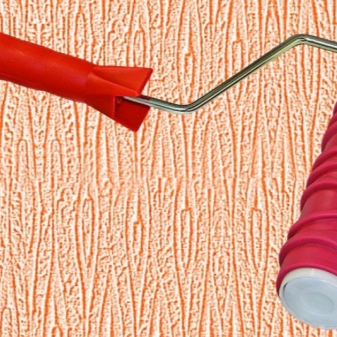
Professionals advise using an ordinary putty for surface treatment - this way you can significantly save on the cost of an expensive coating.
In many ways, the quality of the texture depends on the methods of applying the plaster - it can be horizontal and vertical, circular movements, short and long strokes.
Of course, deciding to use Italian material for the first time, it is better to use the help of a professional master who has the skills to handle such a coating. Especially when it comes to the Venetian cast. The technology of its application is multi-stage and has its own nuances.
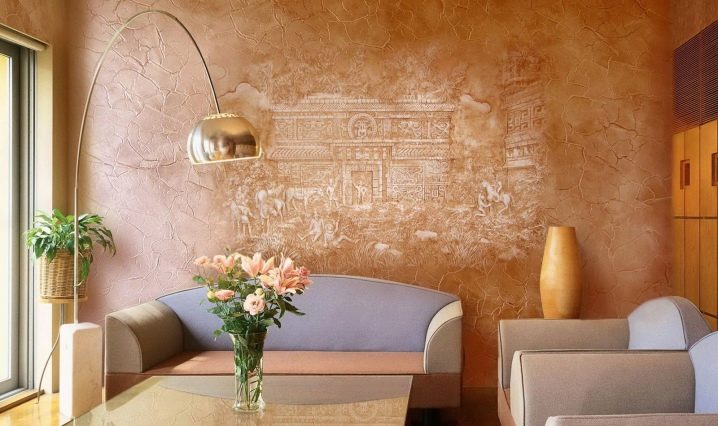
Features of using Venetian plaster
This material contains in its composition stone dust, which has a different fraction size - a coarser and coarser grinding gives the effect of a processed stone, while a fine one is a barely distinguishable ornament. In addition, the Venetian composition seems to glow from the inside, especially in the presence of mineral components. It is this kind of plaster that is distinguished by its increased durability and long-term preservation of an attractive appearance even when exposed to ultraviolet radiation and high humidity.
Working with such a mixture requires accuracy and patience, since each layer of plaster must be applied to a previously dried surface. And there can be from three to ten such layers, and the more there are, the more noticeable the inner gloss becomes.

Since the material is virtually transparent in quality, the substrate must be perfectly smooth and even and the application must be uniform. It is necessary to work with a narrow stainless steel tool so as not to leave untidy stains on the walls. After drying, which occurs within a day, you can already apply a special wax to achieve additional shine.
Unlike external façade surfaces exposed to unfavorable weather conditions, internal walls do not need to be renovated every three years, they only need to be maintained with regular water. Do not use aggressive detergents, as this can darken the coating and acquire a cloudy shade.
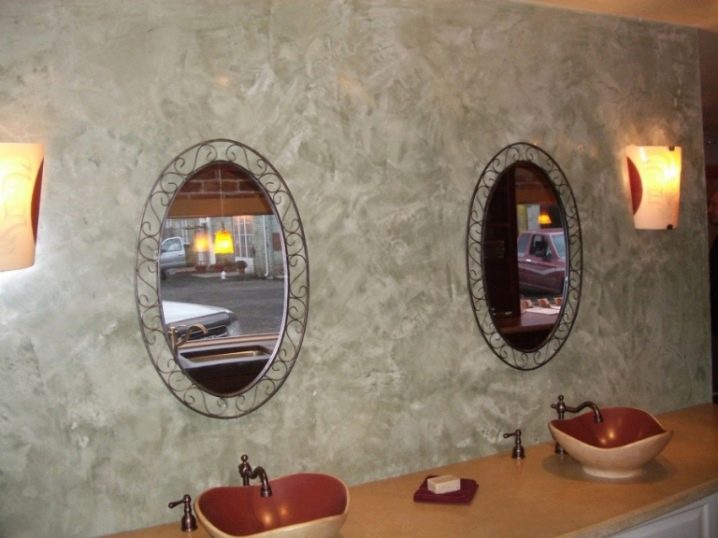
Modern building products from Italy allow using a wide variety of natural textures and a huge number of color shades to create unique interiors, therefore they are able to satisfy even the most demanding requirements and personal style preferences.
For information on how to properly apply San Marco plaster, see the next video.













The comment was sent successfully.